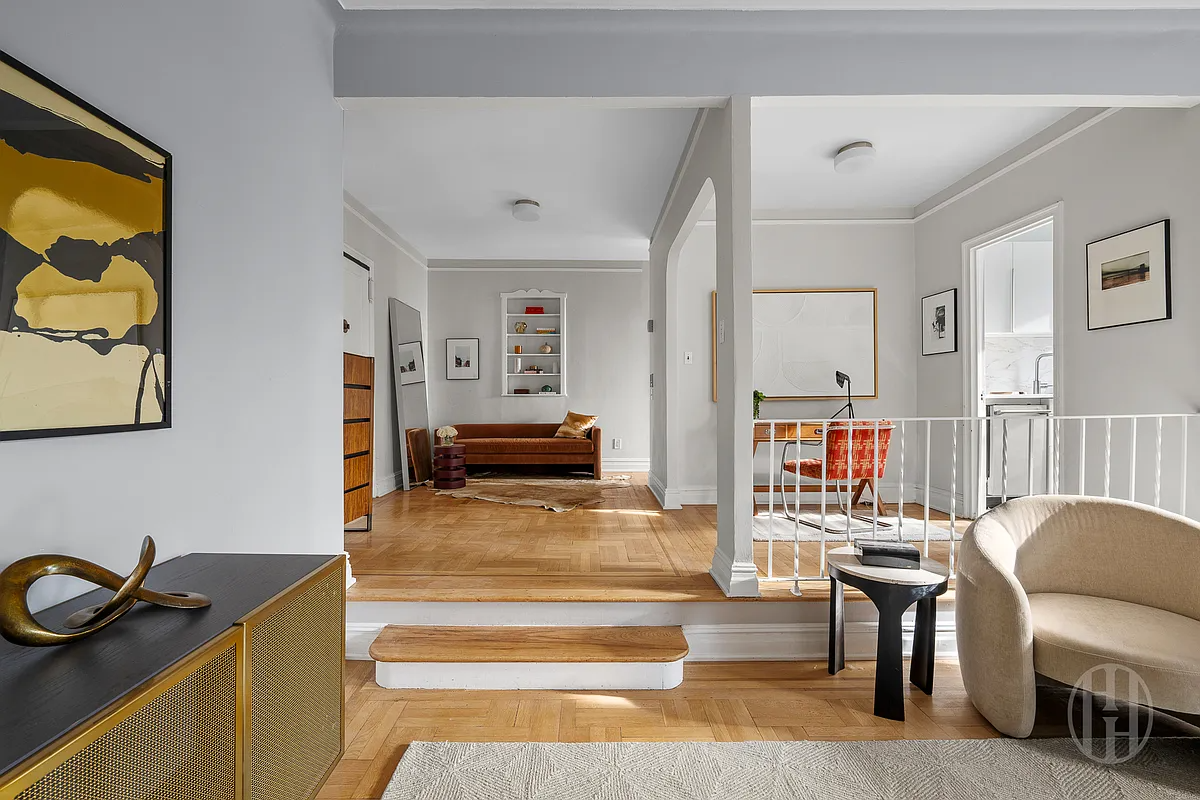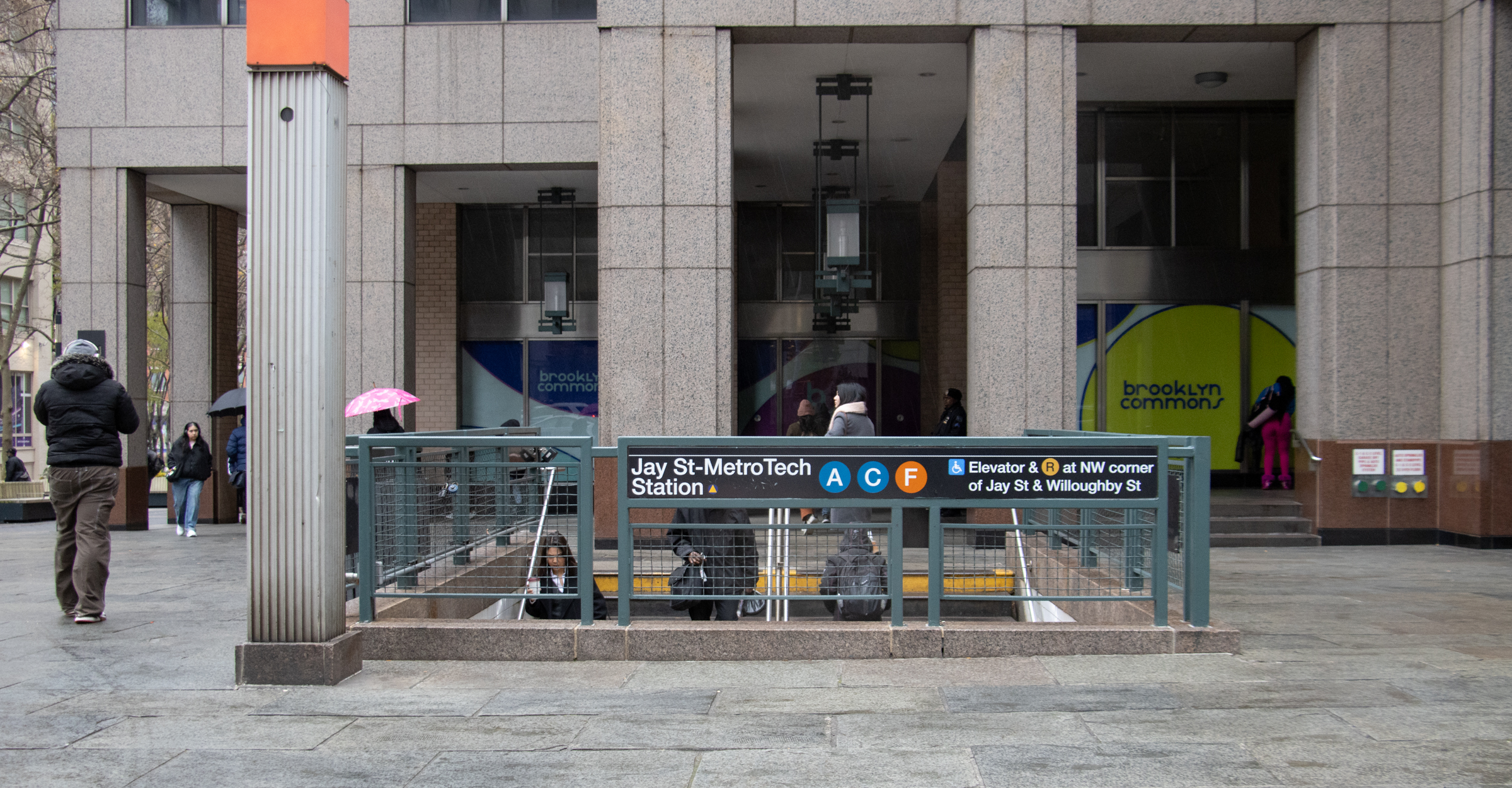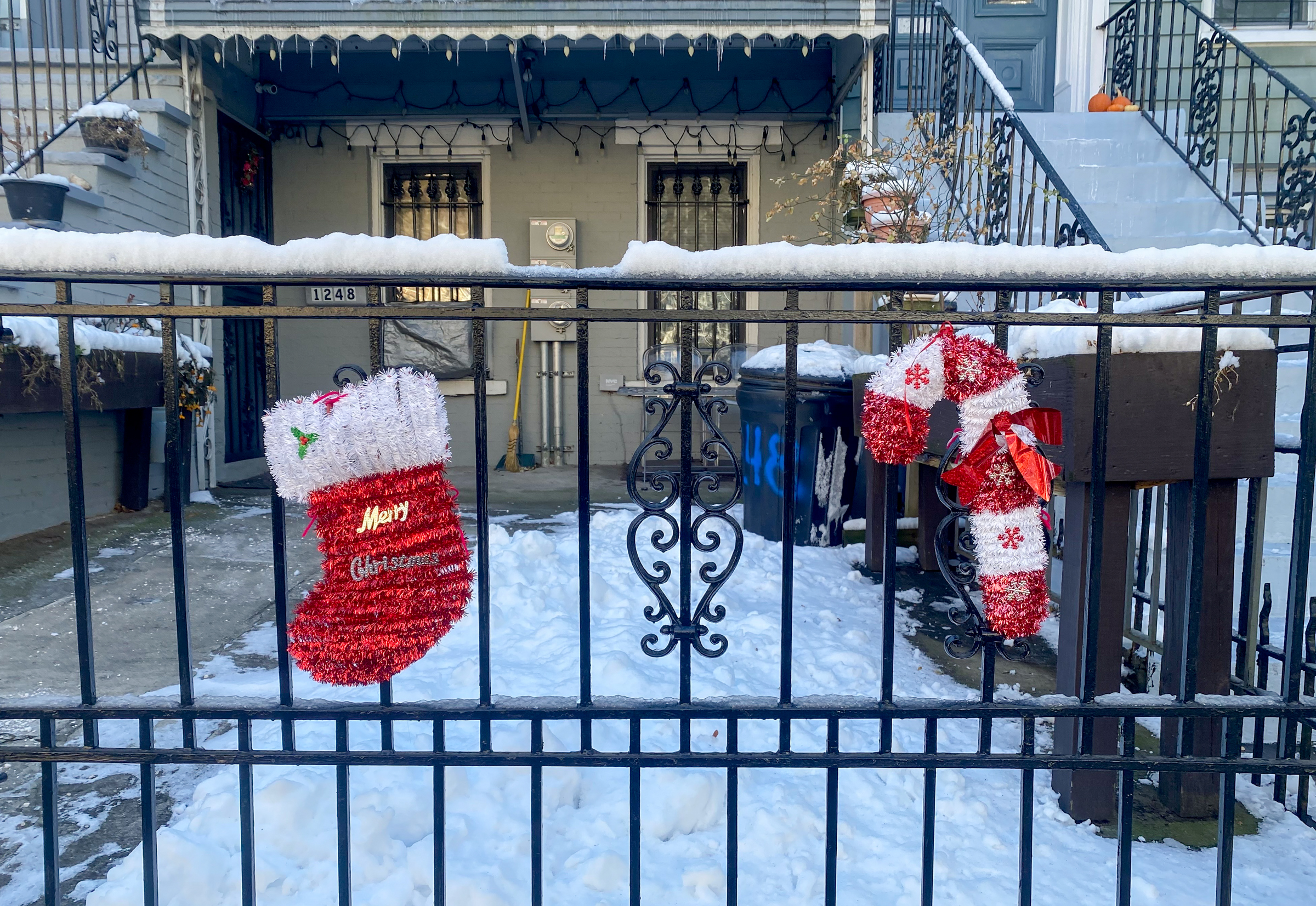110 Amity Proposal Takes a Drubbing at LPC Hearing
Yesterday’s afternoon session at the Landmarks Preservation Commission hearing provided a lesson in the importance of building a consensus (or the risks of failing to) when trying to get a big project done in a landmark district. The topic at hand was the proposal by Lucky Boy Development and Time Equities for the existing Beaux…


Yesterday’s afternoon session at the Landmarks Preservation Commission hearing provided a lesson in the importance of building a consensus (or the risks of failing to) when trying to get a big project done in a landmark district. The topic at hand was the proposal by Lucky Boy Development and Time Equities for the existing Beaux Arts building known as the Lamm Institute and adjacent vacant lot at the corner of Amity and Henry Streets in Cobble Hill. After a presentation from the project architect detailing the proposal to build one new townhouse on Amity and five more on mews perpendicular to Henry Street along with a rooftop penthouse on the existing structure, a stream of close to two dozen speakers representing politicians like Councilman Bill DeBlasio and Assemblywoman Joan Millman and groups like the Cobble Hill Association, the Committee to Preserve the Historic Integrity of Cobble Hill, the Historic Districts Council and the Municipal Art Society spent more than an hour detailing the many reasons why the plans were objectionable. Towards the end of the public comment period, three area residents spoke in favor of the project. Then members of the Landmarks committee weighed in, echoing many of the objections brought up by the speakers. The two biggest issues, from where we sat, were (1) the mews layout that prevented the new townhouse entrances from being on the street and (2) the encroachment of the row of five townhouses into the rear yard “doughnut.” In addition, some of the aesthetic choices of the townhouses, which we modeled on the Beaux Arts Lamm Institute rather than the townhouses that define the area, were cited as problems, most notably the mews gate and the balconies. In the end, the LPC sent the applicants packing with no particular timetable for their return, only the directive that the commission review the next set of plans before public review.
Cobble Hill Association: 110 Amity Plan ‘Unacceptable’ [Brownstoner] GMAP
Opposition to 110 Amity Plans Grows [Brownstoner]
CB6 Tries to Avoid Amity Street Horror [Brownstoner]






Although I don’t agree with your “spin” as the plan was presented with little time for debate/discussion and the concerns of the community were not addressed prior to presenting it at LPC, I appreciate that you have taken the time to voice your opinion. I hope that the arrogance ends and Time Equities and Lucky Boy listens to the concerns that were thoughtfully raised at the LPC meeting by actual members of the community (also voiced at CB6 meetings). As LPC unanimously echoed the concerns of the true members of the community, CB6, and Cobble Hill Association, obviously there is substance to the community’s concerns and issues.
I suggest having the architects actually get out of their cubbyholes and ivory towers and visit the neighborhood, walk around it, get a feel for it, and try to build something in character/context. I also suggest retaining architects that understand a historic neighborhood and want to seamlessly incorporate their design into the neighborhood instead of creating something that is for their own glory/name and designed based on an LSD flashback to the 60s that received, as you state, the architectural nod of like minded “colleagues” who would tear down the entire neighborhood to build an homage to Woody Allen’s Sleeper and Stalin era Russia. Maybe if they had actually visited the mews in the neighborhood, they would have realized their “mews concept” was only that in name and not in reality.
There is a reason why people want to live in this community. It is beautiful, it is historic, it has a wonderful warm feel to it, and it is family friendly. The reason people will flock to your real estate offerings has less to do with what you build and more to do with the neighborhood that is cared for, cherished, and loved. Respect the neighborhood, as it is the reason why your offering will be so profitable (location, location, location).
The community wants and supports your development, but asks that you build responsibly, listen to the concerns of the neighborhood, and have your architects heed the voices of LPC.
Thank you.
Time Equities and its partner Lucky Boy, do not want to present a project that does not have community support. We thought the mews approach did because it was supported verbally and in writing by a number of community residents and local architects based on meetings we held in November and December. The mews design was also recommended for approval by the Landmarks staff who reviewed the plan.
It may be that some community members who took issue with the mews did not attend these meetings. The benefit of the Landmark process is that it gives all stakeholders a chance to be heard. Several concerns that arose at the meetings led to changes.
We value feedback from the community and the commission and will continue to address concerns, such as those that arose in the early meetings which led to design revisions of the Henry Street façade of the new townhouse.
At this point, we will re-conceive the project in a traditional streetwall approach and try to present a plan that is responsive to the input received at the most recent Landmark hearing. As we did last time, we will reach out to the community and Landmark staff prior to presenting the final concept to the commission.
– Francis Greenburger, CEO and Chairman, Time Equities Inc.
8:58, finally a voice of reason!
No 2:29, it’s not the issue of 4 houses on a lot built for two, but SIX houses. The developer bought both the LAMM building AND the empty 100 foot lot next to it for the bargain basement price of $6.1 million… he’ll still make a HEFTY profit if he only builds 3 street-facing townhouses on Amity and Henry, plus his 8 units in the LAMM building. And this “mews” business is a lot of spin. A 50-ft. townhouse is hardly a charming 2-story carriage house. the neighborhood is right to oppose it, it would have ruined a very charming street. It’s nice to see LPC doing its job!
No kidding 2:01. But it’s a difference of 4 houses crammed into a lot that should really only hold 2 street-facing houses. Big difference.
The Commission has to approve something on this site. It is a buildable lot. If they want the houses to face the street rather than a mewslike court, then the architects will need to adjust their plans. That’s all.
The neighbors have to realize that new houses of some kind will go up there.
I think that Henry street all the way down from Bklyn Heights to Carroll Gardens is Beautiful and one of the nicest blocks in NYC. They should just leave it alone.
Also, LPC specifically commented on Verandah Place and Warren Place and were not convinced in the slightest that either of these are remotely similiar to what was presented.
My 2 cents. Research what a Mews is defined as. Look at what was proposed. Quickly, you will realize (as did LPC), you can call it whatever you want to, it just doesn’t make it so.
LPC wants them to build with the buildings facing the street.
The comment about NIMBYs is without question made by someone with little or no intelligence. An empty barrel making a lot of noise…
If you would have attended the LPC meeting, maybe you would understand what is really going on.